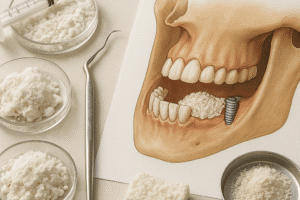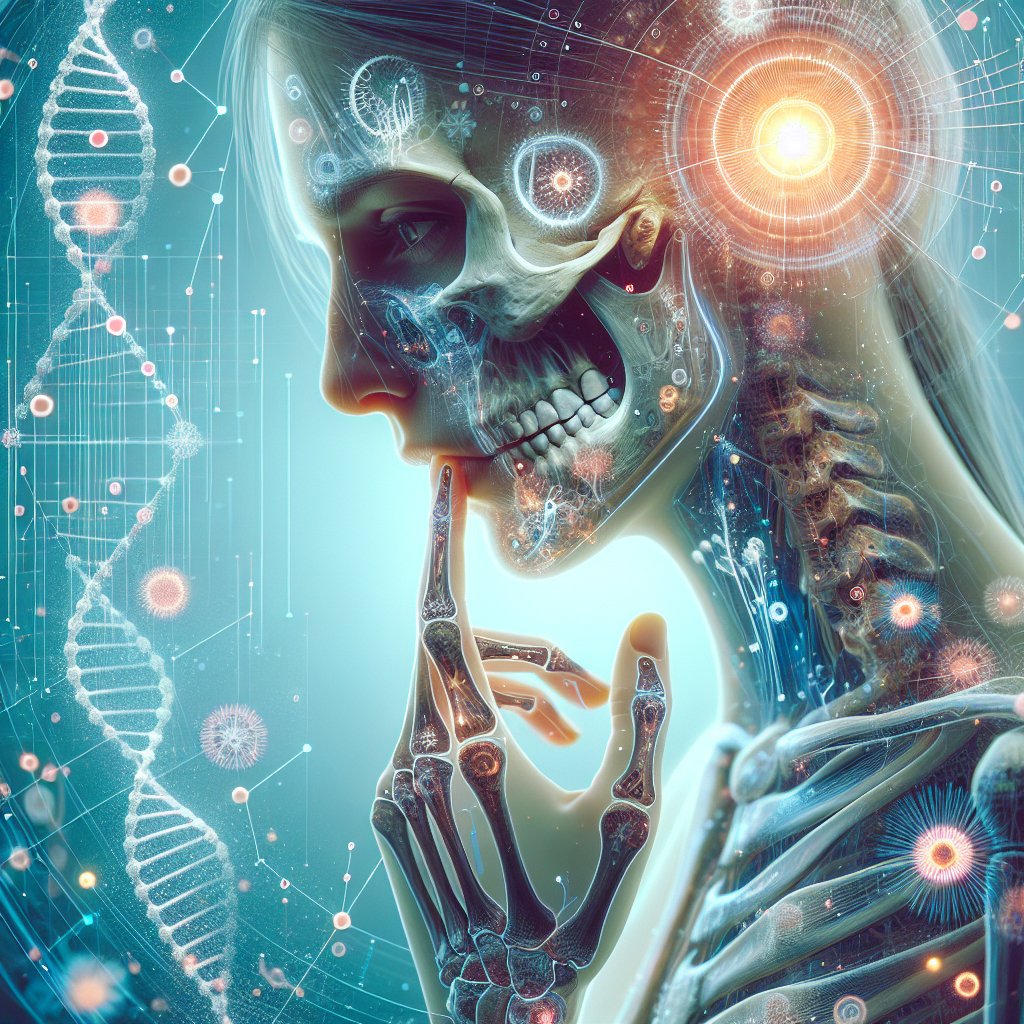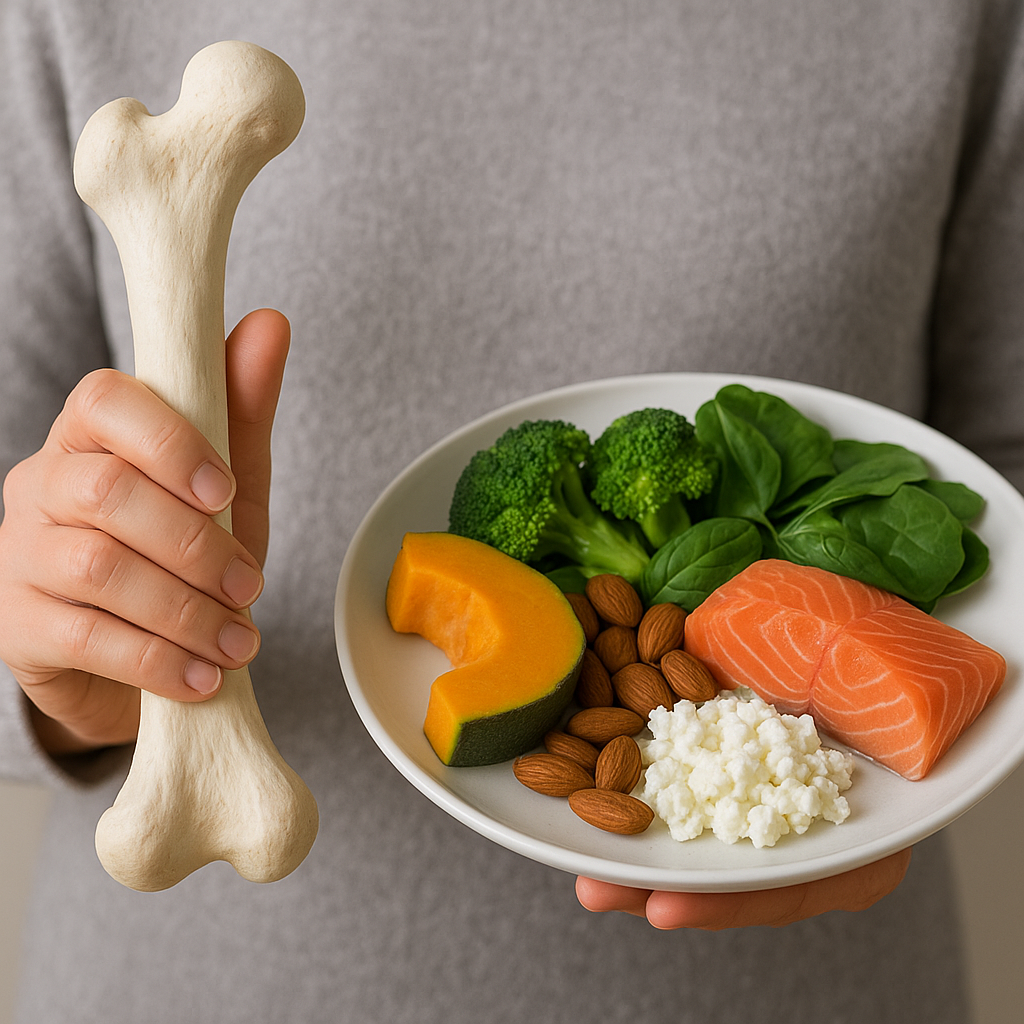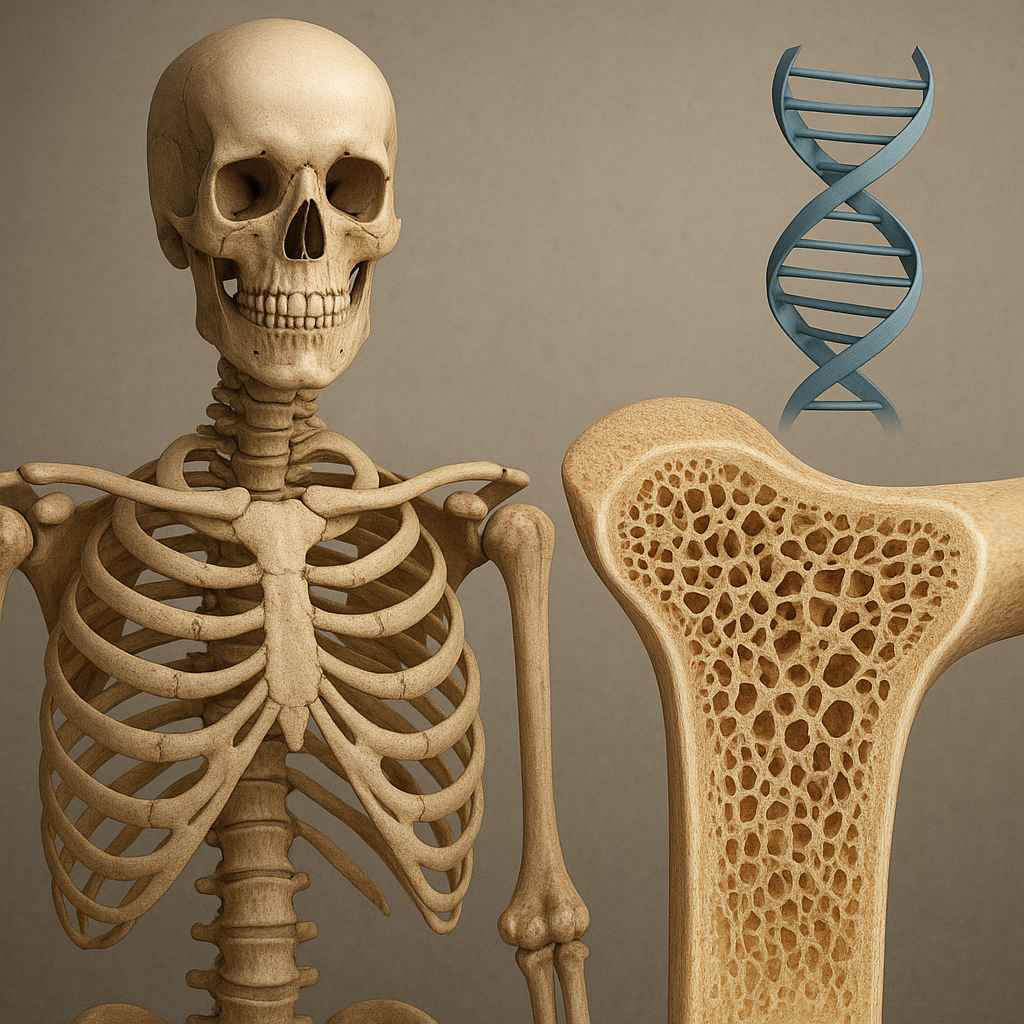The genetic disorders that affect bone development are a significant area of study in both genetics and orthopedics. These disorders can lead to a variety of skeletal abnormalities, impacting an individual’s quality of life and overall health. Understanding the underlying genetic mechanisms is crucial for developing effective treatments and interventions. This article will explore the various genetic disorders that influence bone development, their causes, symptoms, and potential therapeutic approaches.
Understanding Genetic Disorders Affecting Bone Development
Genetic disorders affecting bone development can arise from mutations in specific genes responsible for bone growth, maintenance, and remodeling. These disorders can manifest in various ways, leading to conditions such as osteogenesis imperfecta, achondroplasia, and various forms of skeletal dysplasia. Each of these conditions has unique genetic underpinnings and clinical presentations.
Osteogenesis Imperfecta
Osteogenesis imperfecta (OI), commonly known as “brittle bone disease,” is a genetic disorder characterized by fragile bones that break easily. This condition is primarily caused by mutations in the COL1A1 and COL1A2 genes, which encode type I collagen, a crucial protein for bone strength and structure.
- Types of Osteogenesis Imperfecta: OI is classified into several types, ranging from mild to severe. Type I is the mildest form, often resulting in few fractures, while Type II is the most severe, often leading to perinatal mortality.
- Symptoms: Common symptoms include frequent fractures, blue sclera (a bluish tint to the whites of the eyes), hearing loss, and dental issues.
- Treatment: While there is no cure for OI, treatments focus on managing symptoms and preventing fractures. This may include physical therapy, the use of braces, and in some cases, surgical interventions to strengthen bones.
Achondroplasia
Achondroplasia is the most common form of skeletal dysplasia, characterized by disproportionate short stature and specific skeletal abnormalities. It is caused by a mutation in the FGFR3 gene, which plays a critical role in bone growth and development.
- Symptoms: Individuals with achondroplasia typically have a normal-sized torso but shorter limbs, a larger head, and characteristic facial features. They may also experience complications such as spinal stenosis and obesity.
- Diagnosis: Achondroplasia is often diagnosed through physical examination and genetic testing, particularly in cases where the condition is suspected at birth.
- Treatment: Management of achondroplasia focuses on addressing associated health issues and may include orthopedic interventions, growth hormone therapy, and regular monitoring for complications.
Other Genetic Disorders Impacting Bone Development
In addition to osteogenesis imperfecta and achondroplasia, several other genetic disorders can significantly impact bone development. These conditions may vary in their genetic causes, clinical manifestations, and treatment options.
Marfan Syndrome
Marfan syndrome is a connective tissue disorder caused by mutations in the FBN1 gene, which encodes fibrillin-1, a protein essential for the integrity of connective tissues, including bones. Individuals with Marfan syndrome often exhibit tall stature, long limbs, and a range of skeletal abnormalities.
- Symptoms: Common skeletal features include scoliosis, chest deformities, and long fingers and toes. Marfan syndrome can also affect the cardiovascular system, leading to serious complications.
- Diagnosis: Diagnosis is typically based on clinical criteria and family history, with genetic testing confirming the presence of FBN1 mutations.
- Treatment: Management of Marfan syndrome involves regular monitoring and addressing specific symptoms, such as orthopedic interventions for scoliosis and cardiovascular care.
Hypophosphatasia
Hypophosphatasia is a rare genetic disorder characterized by defective mineralization of bones and teeth due to mutations in the ALPL gene, which encodes tissue-nonspecific alkaline phosphatase. This condition can present in various forms, from perinatal to adult-onset.
- Symptoms: Symptoms may include bone pain, frequent fractures, and dental issues. In severe cases, it can lead to skeletal deformities and respiratory problems.
- Diagnosis: Diagnosis is based on clinical findings, biochemical tests showing low alkaline phosphatase levels, and genetic testing.
- Treatment: Treatment options may include enzyme replacement therapy, pain management, and supportive care to improve quality of life.
Future Directions in Research and Treatment
As our understanding of the genetic basis of bone development disorders continues to evolve, so too do the potential avenues for treatment and management. Advances in genetic research, including gene therapy and personalized medicine, hold promise for improving outcomes for individuals affected by these conditions.
Gene Therapy
Gene therapy aims to correct or replace defective genes responsible for genetic disorders. In the context of bone development disorders, this approach could potentially address the underlying causes of conditions like osteogenesis imperfecta and achondroplasia.
- Current Research: Ongoing studies are exploring the feasibility of using gene editing technologies, such as CRISPR-Cas9, to target and correct mutations in genes associated with bone disorders.
- Challenges: While gene therapy holds great promise, challenges remain, including delivery methods, potential off-target effects, and ethical considerations.
Personalized Medicine
Personalized medicine involves tailoring treatment plans based on an individual’s genetic makeup and specific condition. This approach can lead to more effective and targeted therapies for genetic disorders affecting bone development.
- Genetic Profiling: Advances in genetic profiling allow for a better understanding of the specific mutations present in an individual, enabling healthcare providers to develop customized treatment strategies.
- Future Implications: As research progresses, personalized medicine may lead to more effective interventions, improved patient outcomes, and a better quality of life for those affected by genetic bone disorders.
Conclusion
Genetic disorders affecting bone development present significant challenges for individuals and healthcare providers alike. Understanding the genetic mechanisms behind these conditions is crucial for developing effective treatments and improving patient outcomes. As research continues to advance, the potential for innovative therapies, including gene therapy and personalized medicine, offers hope for those affected by these disorders. Ongoing education and awareness are essential to support individuals and families navigating the complexities of genetic bone disorders, ensuring they receive the care and resources they need to thrive.













